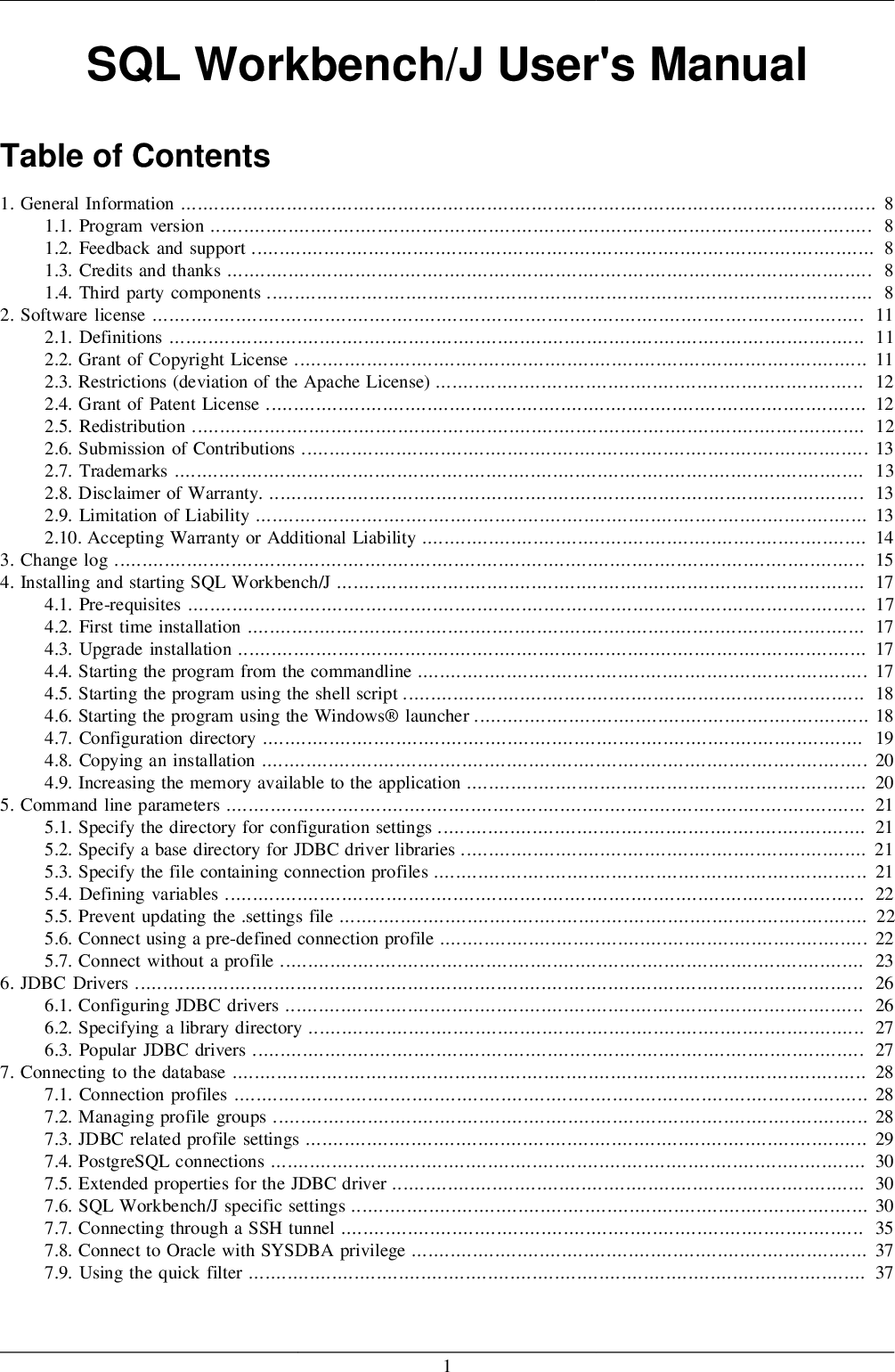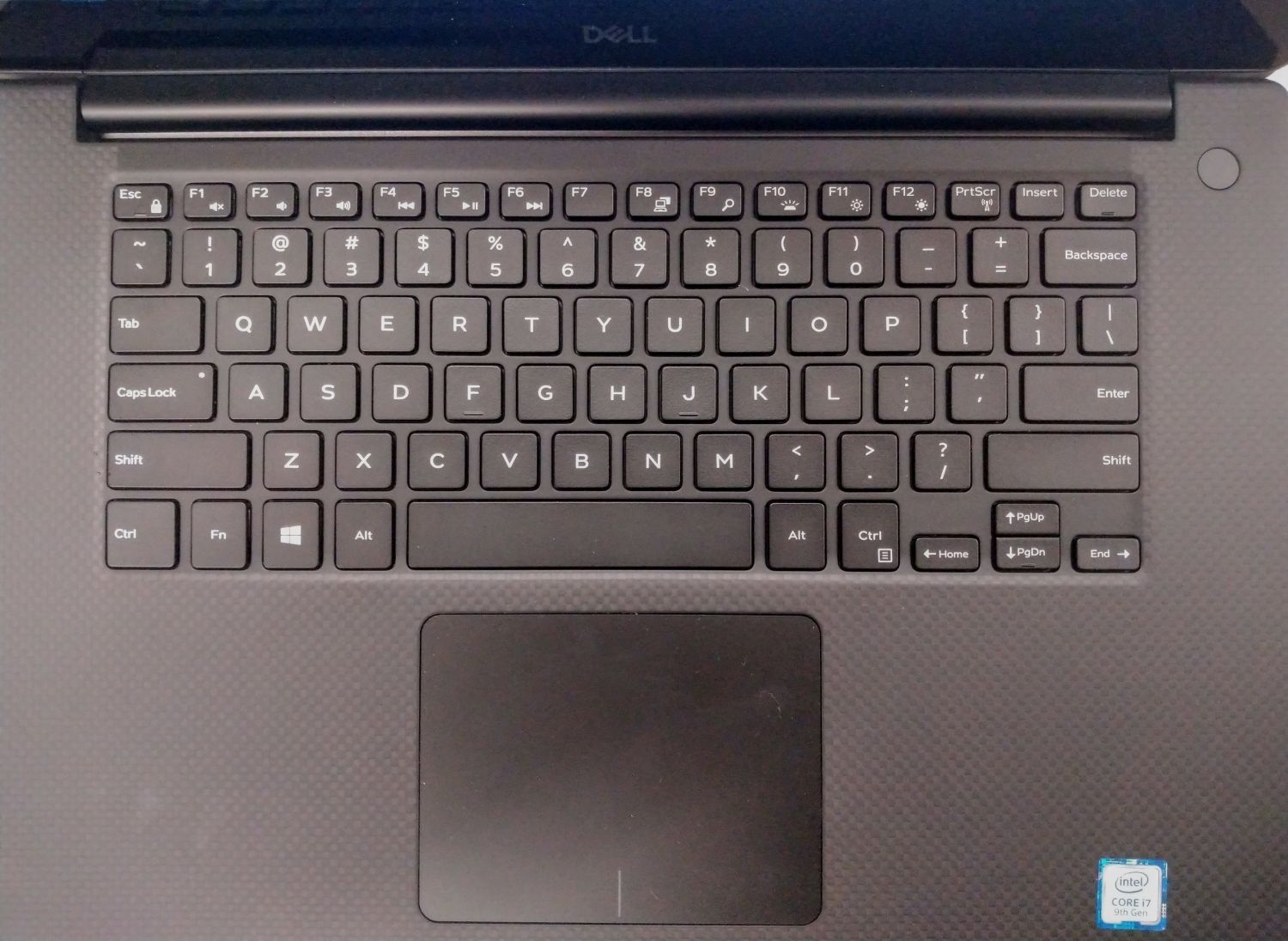
When the on-screen keyboard appears on your screen, click the slk (scroll lock) button.If your keyboard does not have a Scroll Lock key, on your computer, go to Start, All Programs, Accessories, Ease of Access, and then click On-Screen Keyboard.
#How to turn off scroll lock on xps 15 how to#
How to fix malfunctioning arrow keys without Scroll Lock?

Just turn it off by pressing on the Scroll Lock button key on your keyboard! How to fix malfunctioning arrow keys with Scroll Lock? This problem can have a particularly frustrating effect in Microsoft Excel, no longer being able to properly enter data in Excel cells and worksheets. Keep following Linux Hint for more Linux tips and tutorials.When working on your computer, you arrow keys may stop functioning, as in they no longer move up and down correctly. It is important to clarify that the screen lock provides a light security mechanism, if someone has physical access to your device, even with a screen lock, he will be able to gather the information from the disk or to reset the root password, scenarios you can prevent by encrypting your data, you can find instructions to encrypt hard disks and partitions here. You can also disable these notifications from the Gnome settings menu. This screen may also show notifications of applications, such as email reception. If instead of moving your mouse or pressing a key to show the login screen, you start typing your password, the login screen will process it.
#How to turn off scroll lock on xps 15 password#
If the lock screen is enabled to unlock your computer, just click with your mouse or press Esc/Enter to show the login screen where you need to fill in your username and password to access the system. From this screen, users can also turn off, suspend a device or switch accounts. It also provides information on date and time, battery and network status. The Ubuntu lock screen also allows users to get reports on what happened when they were away from the computer. Yet many users who don’t share their physical space or don’t care about privacy from family members don’t like this feature enabled. The screen lock feature provides security to users who share their physical space with more people, granting privacy when they aren’t present. The tutorial above explains how to disable the screen lock in 3 clicks or a single command showing any user-level can do this simple 5 seconds process. Scroll down the left menu and select Users, and press the button Unlock to allow changes.Įnable the option Automatic Login, as shown in the image below. To do it, right-click on the right corner and press Settings like in the previous steps. You can also disable the startup lock screen from Gnome settings. The gsettings command-line interface used in this tutorial allows you to set or monitor changes related to Gnome settings and applications you can read additional information on it. Now the screen lock is enabled again, to disable it repeat the operation is replacing true with false. That’s all the following video shows the whole sequence to disable the screen lock in Ubuntu Linux. You also can select Never, and the screen lock will not show up. This is useful if, instead of disabling the screen lock, you want to delay it. If you enable the Screen Lock, you can define the timing in the option below Automatic Screen Lock Delay. From those settings, you can also configure the Blank Screen Delay timing. Press ScreenLock in the left menu and disable the option Automatic Screen Lock.Īfter disabling Automatic Screen Lock, your system won’t be locked again.

To turn off the automatic screen lock from Gnome, first, click on the top right corner and press Settings, as shown in the screenshot below. How to Disable / Turn Off the automatic Lock Screen in Ubuntu

You’ll also find instructions to disable the screen lock at boot, allowing automatic login.

This short tutorial explains how to disable the screen lock in Ubuntu, which is enabled by default.īelow you’ll find instructions to turn off the screen lock from Gnome settings and the command line using the gsettings cli.


 0 kommentar(er)
0 kommentar(er)
